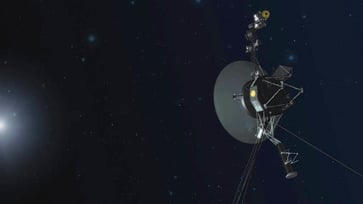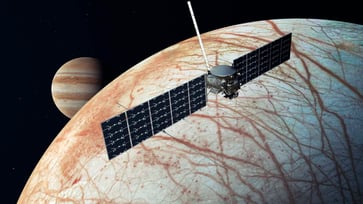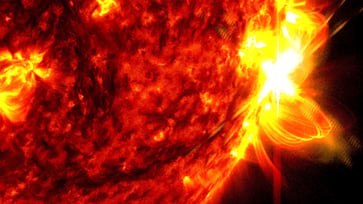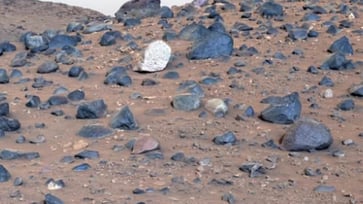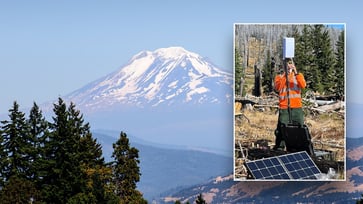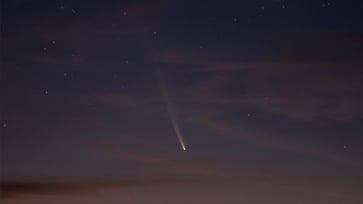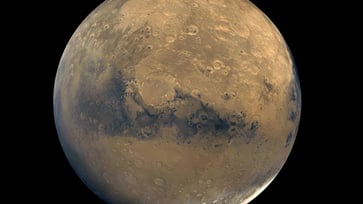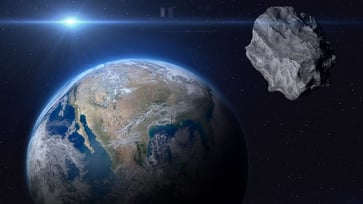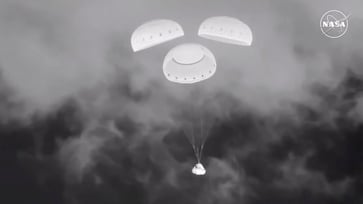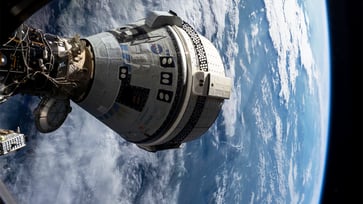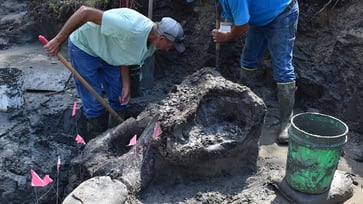A Jupiter-like exoplanet discovered by NASA takes over a century to complete one orbit around its star.
As of mid-July, NASA has verified the existence of 5,690 exoplanets.

- A gas giant, about the size of Jupiter but six times its mass, was discovered by the Webb Space Telescope orbiting Epsilon Indi A. It could take this planet up to 250 years to complete one orbit around its star.
- Despite being 1 billion years younger than our solar system, the planet and star are considered old and brighter than expected.
- The largest and most powerful astronomical observatory ever launched in space is the Webb telescope, which was sent into orbit in 2021.
The Webb Space Telescope has discovered a Jupiter-like planet orbiting a nearby star, which is considered a "super orbit."
Jupiter has six times the mass of the planet, which is roughly the same diameter as Jupiter, and its atmosphere is rich in hydrogen like Jupiter's.
It takes this planet more than 250 years to orbit its star, which is 15 times farther away than Earth is from the sun.
A massive planet has been discovered orbiting a star 12 light-years away, which is part of a three-star system.
Elisabeth Matthews, the leader of an international team from the Max Planck Institute for Astronomy in Germany, published the findings of the images they collected last year in the journal Nature on Wednesday.
Astronomers observed the incredibly old and cold gas giant through a special shading device on Webb, which allowed them to mask the star and see the planet as a pinpoint of infrared light.

According to Matthews, the planet and star are 3.5 billion years old, 1 billion years younger than our solar system, yet still considered old and brighter than expected.
In the Southern Hemisphere, the star is bright and close enough to be seen with the naked eye.
Don’t bet on life, though.
Matthews stated in an email that this celestial body is a gas giant devoid of a solid surface or liquid water oceans.
She stated that it's unlikely that this solar system has more gas giants, but small rocky planets could be present.
Scientists can better comprehend the evolution of planets over giga-year timescales by studying worlds similar to Jupiter, she stated.
Since the discovery of the first exoplanets in the early 1990s, NASA's count has grown to 5,690 as of mid-July. The majority of these planets were detected using the transit method, which involves observing a recurring dip in starlight to detect an orbiting planet.
Space telescopes and ground-based ones are searching for more planets, specifically those similar to Earth.
The Webb telescope, launched in 2021, is the largest and most powerful astronomical observatory ever placed in space, a joint project between NASA and the European Space Agency.
science
You might also like
- Lunar modules from the first two moon landings have been captured in stunning detail by Orbiter photos, more than 50 years after the historic missions.
- Discovery of a remarkable mastodon jaw in a New York homeowner's backyard
- NASA resumes communication with Interstellar Voyager 1 after pause.
- In 2055, the asteroid that was once referred to as Earth's "mini moon" will make a return visit.
- A new species of sea slug that resides in the ocean's 'midnight zone' has been discovered with a glowing appearance.
